
An enriched vocabulary yields improved communication and comprehension of English—Piqosity has curated this collection of books to improve vocabulary skills for the purpose of providing a resource for anyone looking to build and strengthen their vocabulary. These novels contain precise and imaginative diction, helping you develop your vocabulary and reading comprehension skills while being captivated by a story.
Contemporary Books to Improve Vocabulary
To start, we’ve collected five 20th- and 21st-century fiction books to expand vocabulary that are sure to entertain you and broaden your perspective. These contemporary tales are quickly becoming classics in their own right, and all of them are great books to increase vocabulary.
1. The Handmaid’s Tale, Margaret Atwood

Now a hit show, Margaret Atwood’s modern classic should definitely be on your list of novels to read. The Handmaid’s Tale is a dystopian story of a near-future patriarchal, totalitarian society, exploring the agency of women and their autonomy over their bodies.
This speculative fiction novel is a riveting read. If you’re looking for books to increase vocabulary, start here: throughout this novel, Atwood uses eloquent figurative language and rich vocabulary. The terminology used in everyday life in this fictional society is not something you’re likely to understand the first time it’s used—throughout the novel, Atwood provides more context clues so that you becomes more familiar with the diction used. This sharpens vocabulary acquisition and reading comprehension skills by encouraging you to discover the implied meanings on your own. Plus, it has a few Scrabble scenes, in which two characters battle with the dense vocabulary they know—keep the dictionary on hand for these!
“There is something subversive about this garden of Serena’s, a sense of buried things bursting upwards, wordlessly, into the light, as if to point, to say: Whatever is silenced will clamor to be heard, though silently,” (Atwood, chapter 25).
2. The Glass Castle, Jeannette Walls
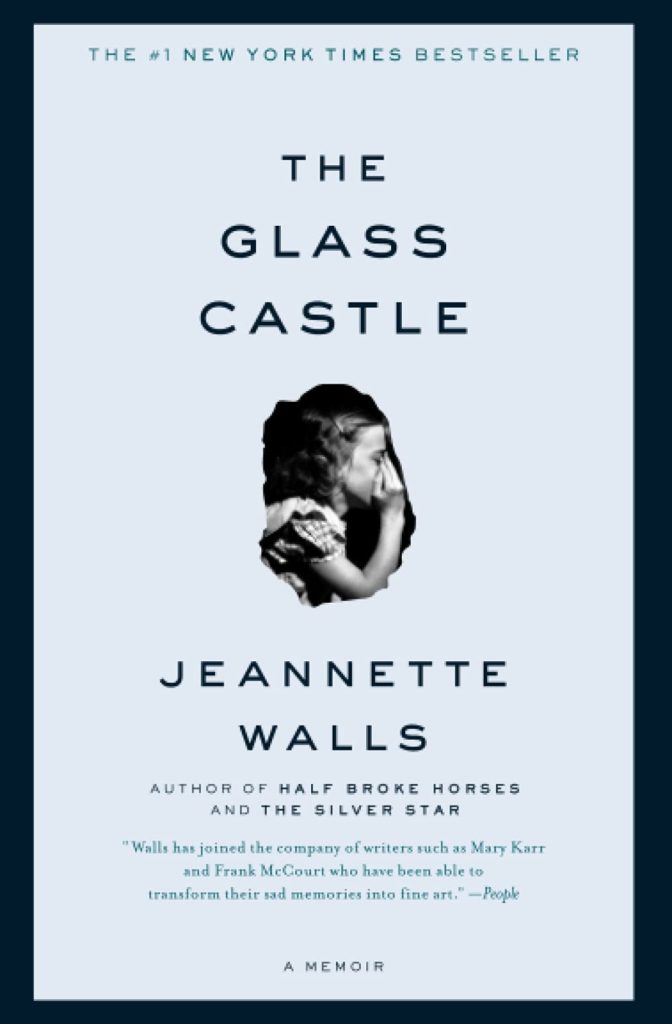
The next in our collection of books to improve vocabulary is this memoir, in which Jeannette Walls recounts her childhood with vivid detail and masterful storytelling. Her idiosyncratic family dynamic structures the central plot of The Glass Castle—Walls’ family lives a nomadic lifestyle and grapples with poverty, traveling between different states as opportunities arise or financial burdens begin imposing upon them. She and her three siblings are forced to confront struggles both within and outside of their family, such as hunger, abuse, bullying, and their father’s alcoholism– all of which eventually propel each of them to move to New York City and pursue their dreams.
Described as “beautifully written in deceptively simple prose” in the New York Times by Alex Witchel, Walls captures the reader’s attention by clearly relaying stories with deliberate, poignant diction, carefully dispersed throughout.
“As he talked, the fidgety students settled into their folding chairs and became enraptured by the legendary, worldtraveled man who told us how proud he was of his West Virginia roots, and how we, too, should be proud of those roots…” (Walls, page 148).
3. Song of Solomon, Toni Morrison
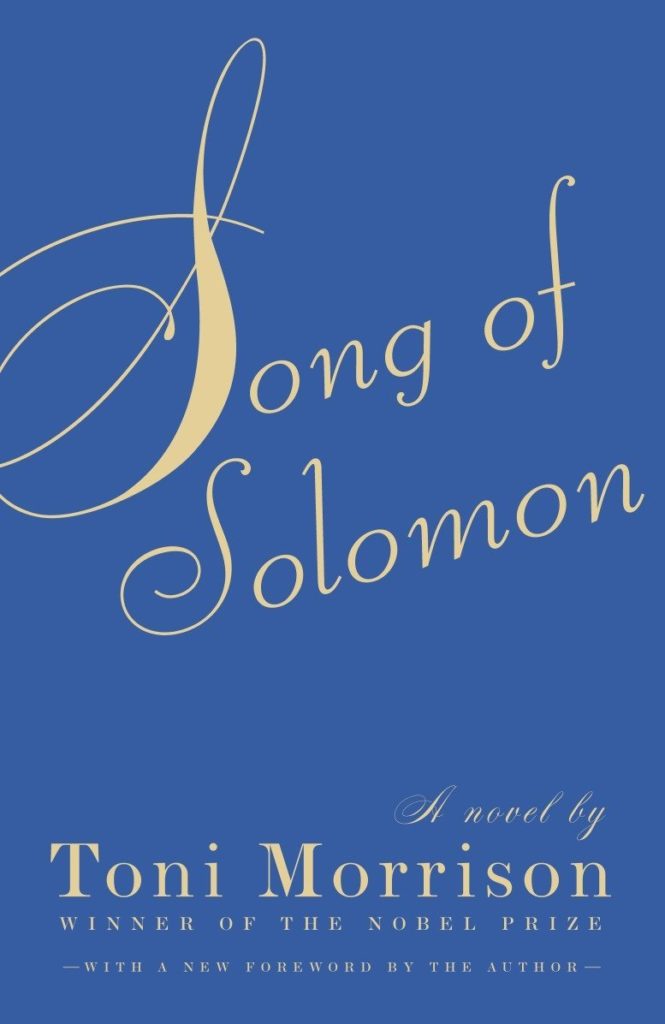 Nobel Prize winner Toni Morrison is widely celebrated for her masterful writings about the Black experience in America. Song of Solomon, her third novel, is a coming-of-age story set in early- to mid-1900’s America. It follows the life of Macon Dead III, nicknamed “Milkman,” and his journey as a Black child (and later, man) searching for freedom as he explores his family history.
Nobel Prize winner Toni Morrison is widely celebrated for her masterful writings about the Black experience in America. Song of Solomon, her third novel, is a coming-of-age story set in early- to mid-1900’s America. It follows the life of Macon Dead III, nicknamed “Milkman,” and his journey as a Black child (and later, man) searching for freedom as he explores his family history.
The story, packed with symbolism from both African-American folklore and classical mythology, falls into the realm of magical realism, strengthened and mystified further by Morrison’s diction. Her use of figurative language and intense imagery heightens the realism of the story, conveys her themes of flight and freedom, and enlivens her characters’ dialogue. We’ll keep this one short to avoid spoilers – this is a tantalizing read full of masterfully selected vocabulary.
“The pebbly voice, the sun, and the narcotic wine smell weakened both the boys, and they sat in a pleasant semi-stupor, listening to her go on and on….” (Morrison, page 43).
4. The House on Mango Street, Sandra Cisneros
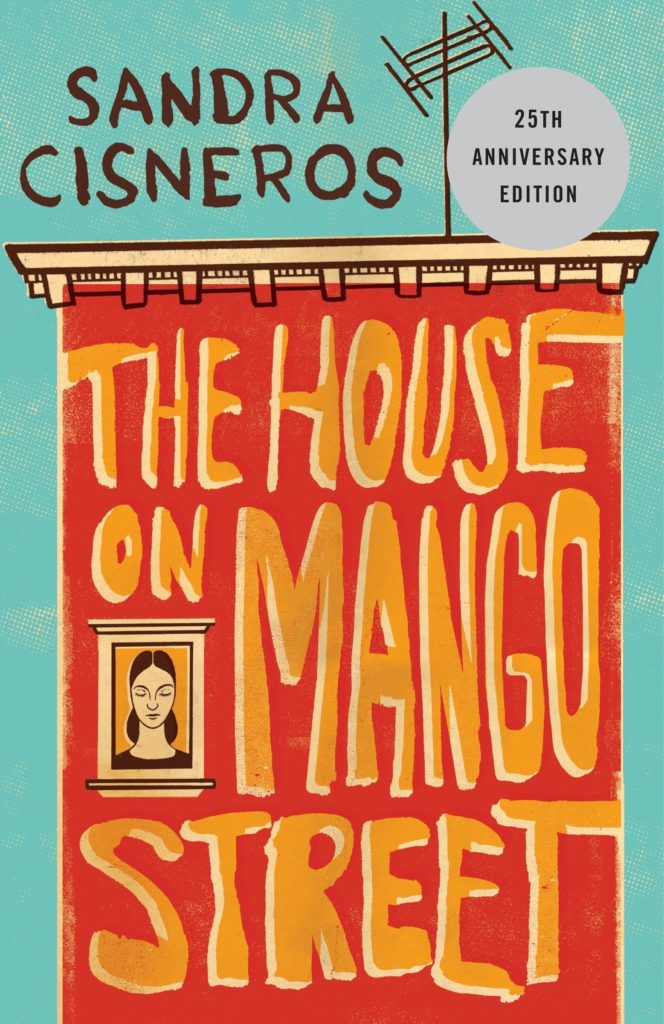 This 1984 novel, yet another coming-of-age story, details the childhood of 12-year-old Mexican-American girl Esperanza Cordero. The novel is told in a series of vignettes —short anecdotes— that each tell a piece of Esperanza’s life growing up as a Chicana girl in an impoverished, mid-20th century Chicago neighborhood. A well-loved and frequently cited piece of literature in Chicane/x studies today, The House on Mango Street details the growth of a young girl that confronts mature topics early in her life as she searches for her identity and tries to find belonging.
This 1984 novel, yet another coming-of-age story, details the childhood of 12-year-old Mexican-American girl Esperanza Cordero. The novel is told in a series of vignettes —short anecdotes— that each tell a piece of Esperanza’s life growing up as a Chicana girl in an impoverished, mid-20th century Chicago neighborhood. A well-loved and frequently cited piece of literature in Chicane/x studies today, The House on Mango Street details the growth of a young girl that confronts mature topics early in her life as she searches for her identity and tries to find belonging.
The use of language throughout the text emphasizes Esperanza’s growth as a character; though it’s mostly narrated in simplistic terms, the diction in descriptions and in dialogue creates a clear image in the reader’s mind. Moreover, this book is easy to get into: Esperanza is a charming and realistic character—if you’re struggling to read for fun (check out our tips for reluctant readers!) or just in a reading funk, picking up this book may be just what you need!
Although this novel does not have the breadth of vocabulary words that some of the others on this list possess, we still think it’s a crucial part of our collection of books to improve vocabulary. The skills you learn from the precision of Cisneros’ diction will stick with you long after you have turned the last page.
“All at once she bloomed. Huge, enormous, beautiful to look at, from the salmon-pink feather on the tip of her hat down to the little rosebuds of her toes,” (Cisneros, page 77).
5. Fahrenheit 451, Ray Bradbury
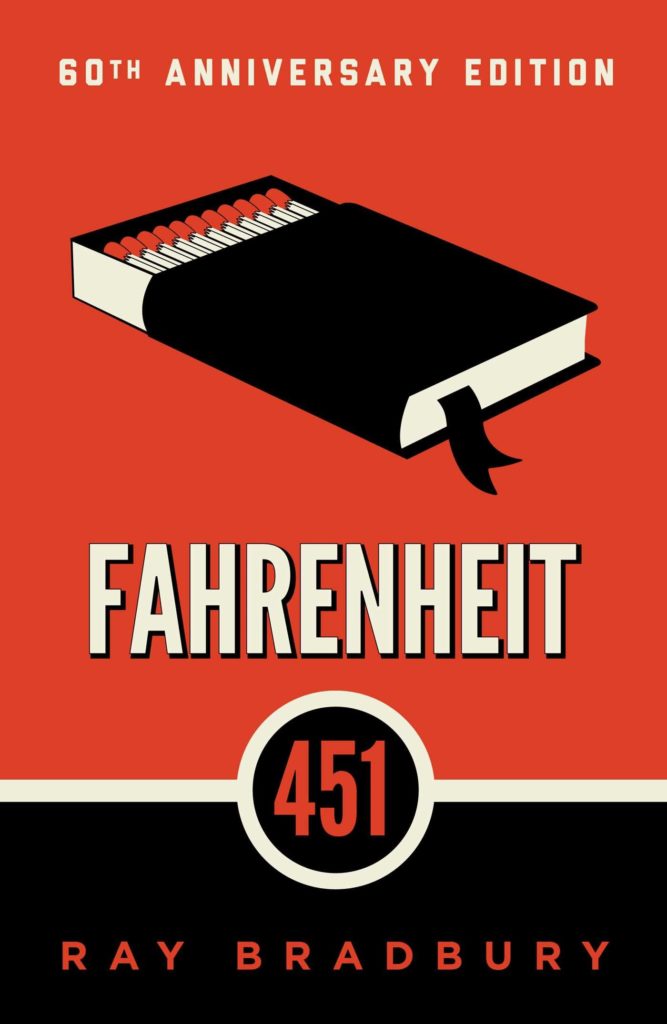 The last of our contemporary books to improve vocabulary skills is this dystopian novel. Set in 2049, the story details the experiences of Guy Montag, a fireman in a society where books are outlawed and burned. He spends each day burning down houses full of books, until one day he faces the discovery that books have value. Soon, he begins to salvage books from the houses that he and his coworkers are assigned to burn.
The last of our contemporary books to improve vocabulary skills is this dystopian novel. Set in 2049, the story details the experiences of Guy Montag, a fireman in a society where books are outlawed and burned. He spends each day burning down houses full of books, until one day he faces the discovery that books have value. Soon, he begins to salvage books from the houses that he and his coworkers are assigned to burn.
Exploring ideas about censorship, conformity, the marginalization of literature, and the lasting value of art, the novel proves its literary worth with detailed imagery and exquisite precision. Bradbury’s diction is intense yet delicate, opting for quality over quantity in his writing; as a result, this read is less than 200 pages long. For slower readers, then, this might be one of the best books to increase vocabulary.
“If the drones die, I’m still safe at home, tending my fright with a maximum of comfort and a minimum of chance. See how safe I play it, how contemptible I am?” (Bradbury, page 87).
Classic Novels to Improve Vocabulary
The following five classic books to improve vocabulary were all written more than a century ago! Thus, we consider them to have had a longer-lasting cultural impact than the wonderful books to increase vocabulary listed above.
1. Little Women, Louisa May Alcott
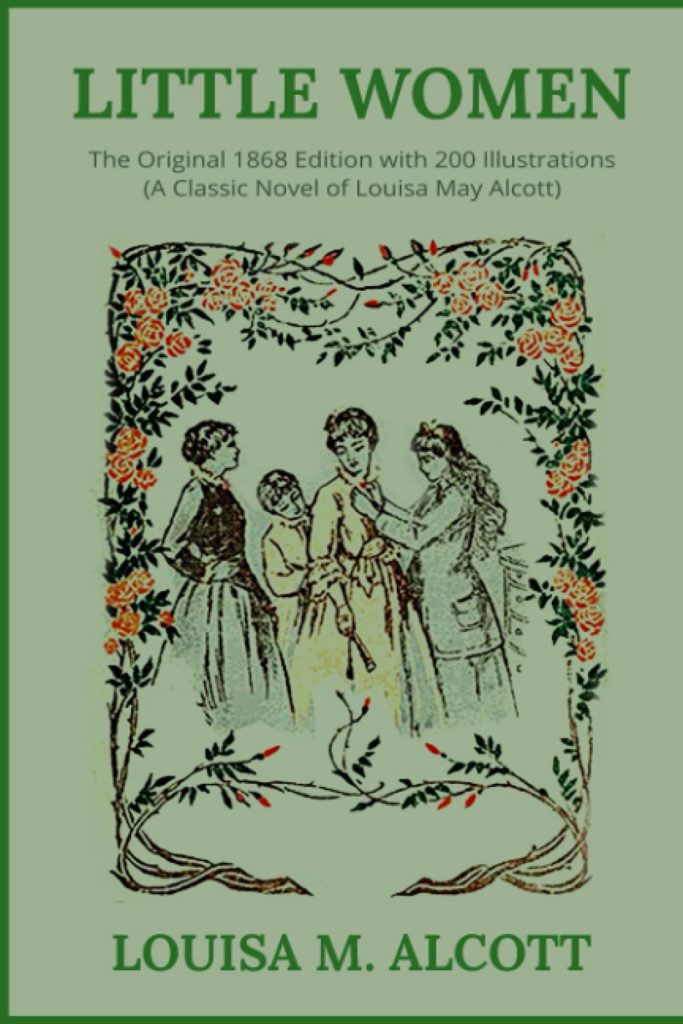 An immediate success upon publishing and still regarded as one of the best American coming-of-age novels, Little Women follows four sisters on their journey into adulthood in the mid-1800’s. Alcott’s characterization of each sister— traditional Meg, independent Jo, tragic Beth, and materialistic Amy—is distinct and realistic. Each sister strives in her own way for happiness and self-improvement, but they are united by their love of family.
An immediate success upon publishing and still regarded as one of the best American coming-of-age novels, Little Women follows four sisters on their journey into adulthood in the mid-1800’s. Alcott’s characterization of each sister— traditional Meg, independent Jo, tragic Beth, and materialistic Amy—is distinct and realistic. Each sister strives in her own way for happiness and self-improvement, but they are united by their love of family.
The sister on whom the story focuses most, Jo, is a writer with a bountiful vocabulary—her dialogue and Alcott’s descriptions of her are inspiring and vivid. In general, Alcott’s writing style is straightforward, streamlining otherwise complex prose with intermixed dialogue and typical syntax. Many students get so caught up in the story that they forget this is a book to improve vocabulary acquisition!
“Never having known mother or sisters, he was quick to feel the influences they brought about him, and their busy, lively ways made him ashamed of the indolent life he led,” (Alcott, chapter 6).
2. Hamlet, William Shakespeare
The next entry in our list of books to improve vocabulary breaks the rules a bit—it’s not, strictly speaking, a book! Considered by many to be the greatest play in the English language, Hamlet has everything: young love, family drama, ribald humor, and revenge!

Although the language of Shakespeare is sometimes described as “Old English,” this is inaccurate—it’s really just an earlier (and sometimes more formal) version of the same English we speak today. If you’re having trouble understanding the syntax, try reading it aloud! (After all, plays were written to be performed.)
The trickier structure of Hamlet is an excellent tool to use when you’re looking for books to increase vocabulary. Moreover, Shakespeare is credited with inventing over 1,700 English words, many of which are still in common usage today!
Here at Piqosity, we’re such a fan of Hamlet that we used three passages from it in our 11th Grade English course unit on Drama! The following quote comes from one of those passages.
“Upon my secure hour thy uncle stole / With juice of cursed hebenon in a vial / And in the porches of my ears did pour / The leperous distilment; whose effect / Holds such an enmity with blood of man…” (Shakespeare, Act 1 Scene 5 Lines 66-70).
3. The Adventures of Tom Sawyer, Mark Twain
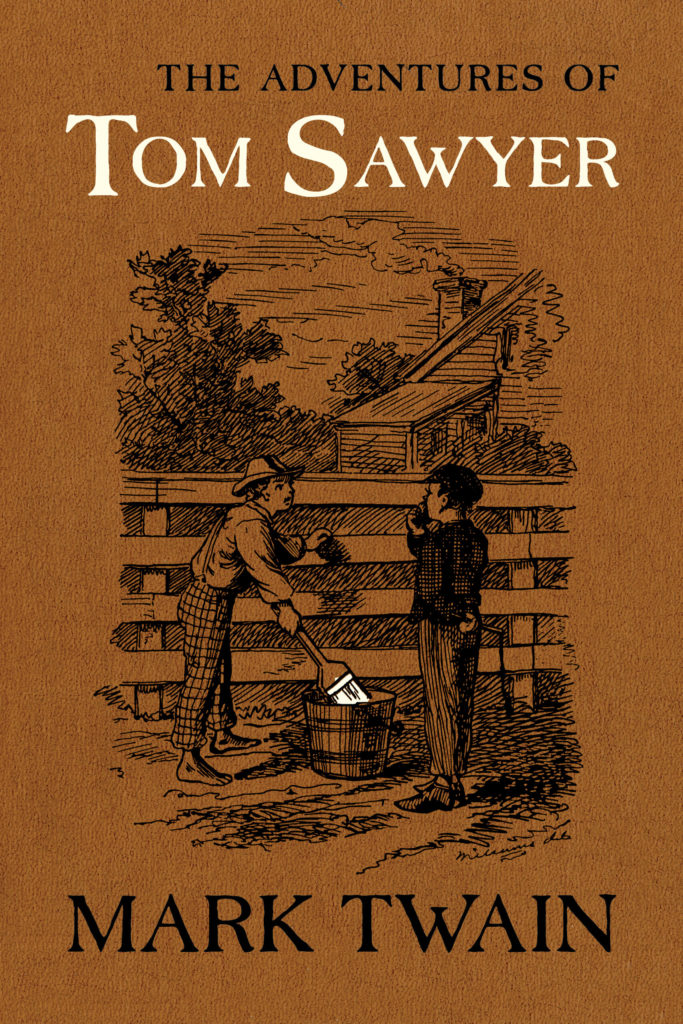 An American classic, The Adventures of Tom Sawyer mixes a coming-of-age narrative with elements of children’s folk tales and satire. Tom Sawyer is a mischievous Missouri boy who, over the course of Twain’s novel, explores the messiness of life and discovers something about adulthood.
An American classic, The Adventures of Tom Sawyer mixes a coming-of-age narrative with elements of children’s folk tales and satire. Tom Sawyer is a mischievous Missouri boy who, over the course of Twain’s novel, explores the messiness of life and discovers something about adulthood.
Twain’s diction shines in the characters’ dialogue. Tom Sawyer and his friends’ vernacular is a variety of English not commonly used today, and Twain uses stylistic devices to add detail into the dialogue throughout. This type of vocabulary is also key to succeeding in an English curriculum: dissecting a dialogue in a different dialect and understanding characters’ intended meanings. The diction throughout reflects a different time in American history and introduces the reader to more complex vocabulary.
Our recently released 6th Grade English Course includes an entire unit on this seminal American text!
“He got home pretty late that night, and when he climbed cautiously in at the window, he uncovered an ambuscade, in the person of his aunt; and when she saw the state his clothes were in her resolution to turn his Saturday holiday into captivity at hard labor became adamantine in its firmness,” (Twain, page 14).
4. Pride and Prejudice, Jane Austen
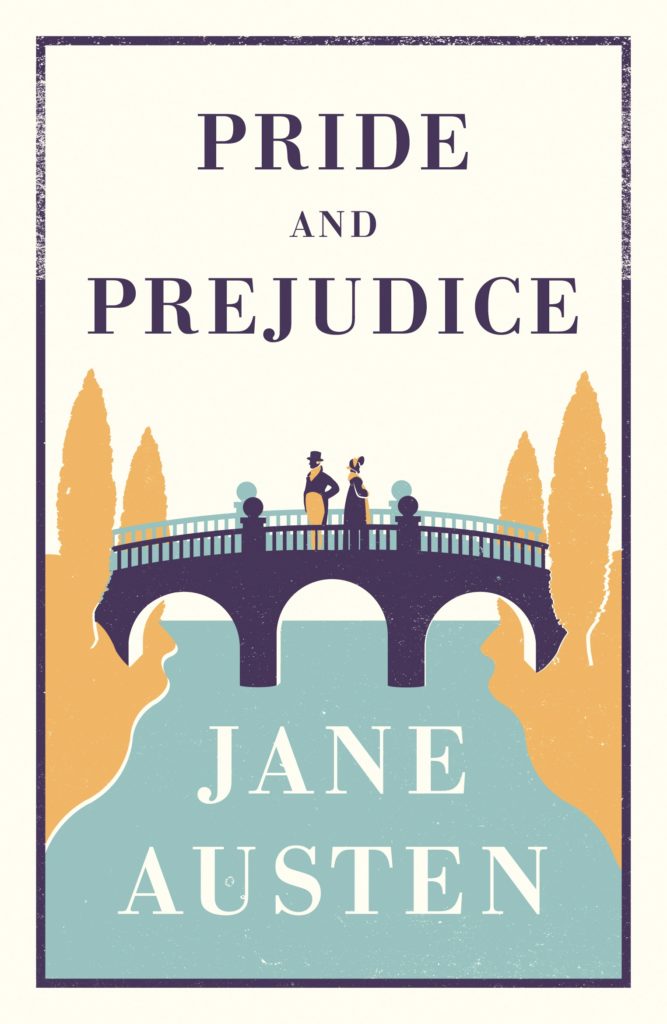 An 1813 classic that established the template for romance novels for years to come, Pride and Prejudice is a passionate and complex love story involving themes of family, sisterhood, wealth, and social hierarchy. It follows Elizabeth Bennet as she and her four other sisters search for acceptable marriages with well-off suitors to support themselves and their family.
An 1813 classic that established the template for romance novels for years to come, Pride and Prejudice is a passionate and complex love story involving themes of family, sisterhood, wealth, and social hierarchy. It follows Elizabeth Bennet as she and her four other sisters search for acceptable marriages with well-off suitors to support themselves and their family.
Pride and Prejudice is one of several books to increase vocabulary by Jane Austen. Her work explores the social atmosphere of her time, bringing the reader into her world with each story and its language. Sense and Sensibility and Emma are other compelling reads of hers, but Pride and Prejudice is on this list due to its tremendous impact on romance stories for more than a century and its deep resonance with generations of readers.
If you want to take a peek at what this novel has to offer, our Valentine’s Day ELA Activities include a set of original Piqosity questions based on a brief passage from the text!
“But that expression of ‘violently in love’ is so hackneyed, so doubtful, so indefinite, that it gives me very little idea. It is as often applied to feelings which arise from a half-hour’s acquaintance, as to a real, strong attachment,” (Austen, page 99).
5. Ulysses, James Joyce
 First published in 1920, Ulysses tells the story of a single day in the life of Leopold Bloom, drawing parallels between his “ordinary” day and the classic epic poem, The Odyssey. This novel may be different from any other you’ve read before, as it’s told in a “stream of consciousness” style that relies heavily on the internal monologue of its protagonist and attempts to capture a realistic thought process in writing. Its allusions and unique structure are what make it an incredibly compelling read.
First published in 1920, Ulysses tells the story of a single day in the life of Leopold Bloom, drawing parallels between his “ordinary” day and the classic epic poem, The Odyssey. This novel may be different from any other you’ve read before, as it’s told in a “stream of consciousness” style that relies heavily on the internal monologue of its protagonist and attempts to capture a realistic thought process in writing. Its allusions and unique structure are what make it an incredibly compelling read.
This is no doubt a story that belongs on every list of vocabulary building books, as Joyce uses more than 30,000 unique words throughout the novel. It clocks in at 730 pages, though, and is notorious for its tortuous sentences and thorny syntax—not a book for the faint of heart!
Still, it’s an incredible read, perfect for long-term vocabulary acquisition goals (like test-prep); moreover, if you get standardized test anxiety, the skills you gain from reading this book in your free time can help you feel more prepared ahead of time. If you’ve made it through Ulysses, you can face anything a test throws at you!
“The grainy sand had gone from under his feet. His boots trod again a damp crackling mast, razorshells, squeaking pebbles, that on the unnumbered pebbles beats, wood sieved by the shipworm, lost Armada,” (Joyce, chapter 3).
Build Vocabulary with Piqosity!
We hope you’re feeling motivated by our list of books to improve vocabulary! We selected each book not only due to its vocabulary, but also because of its influence, insights, and the infatuation readers around the globe have with it.
This article is provided as a starting point for your journey to build your mental word bank. Whether you are seeking vocabulary help for test-prep, to enhance your writing skills, as an ELL student with foreign language anxiety, or for any reason, Piqosity is here to help, too!
Together with our full test prep courses for the SAT, ACT, and ISEE, we offer affordable online ELA and Math courses that you or your child can take from the comfort and safety of their own home. Depending on your needs, our courses can be used for enrichment, remediation, or test prep! We offer the following English classes for grades 5 through 11:
- Online 5th Grade English
- Online 6th Grade English
- Online 7th Grade English
- Online 8th Grade English
- Online 9th Grade English
- Online 10th Grade English
- Online 11th Grade English
Each ELA course comes with lessons covering all topics of ELA education with several units of reading passages, including nonfiction, short stories, and at least one full-length novel, paired with reading comprehension questions and answer explanations for each question.
Our test prep courses each have several practice tests and tutorials that cover both ELA and Math content. Further, we provide the following extensive vocabulary flash card lists for all ISEE levels, perfect for test prep of any kind:
We are constantly adding new courses, features, and material! It’s free to register with Piqosity, and all of our full courses are reasonably and competitively priced.
Piqosity wishes you the best of luck on your vocabulary-building journey and hope this collection of books has helped and inspired you!
More Educational Resources by Piqosity:



[…] As such, our primary focus is how we can encourage our younger students to read more from an early age and better equip our test prep students to get productive work done independently. Two great ways to help your student improve their verbal reasoning score are using flash cards lists like the ones on Piqosity.com, or having them read books known to improve vocabulary acquisition. […]